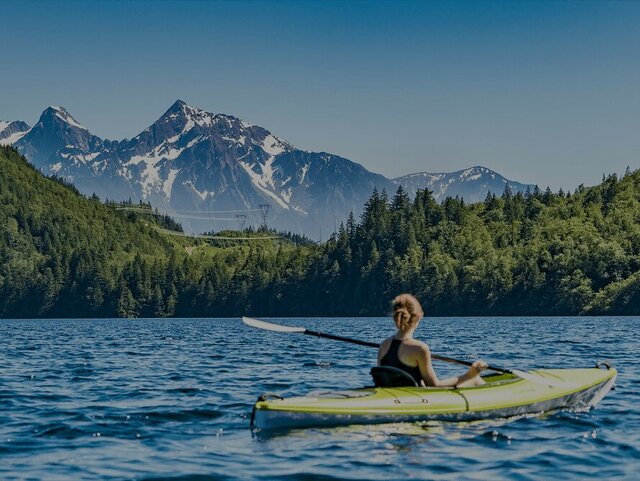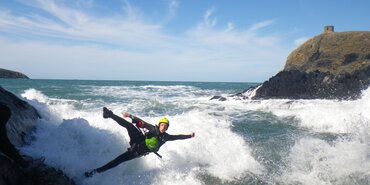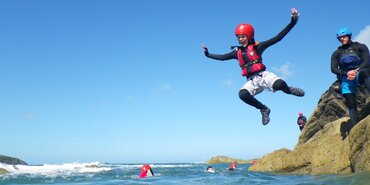Open Water Swimming - Health & Safety Investigation

Message to Members regarding open water swimming facilities.
AIM has been supporting one of the members in a health and safety investigation and inquest into the tragic death of Cory Nicholson. The inquest hearing took place on 26 and 27 July 2022. Mr Nicholson, aged 21, sadly died on 23 July 2019 due to drowning in a lake which was in part managed by the member. Mr Nicholson was an unauthorised swimmer who entered the water at an area of the lake designated for dog swimming. He was in the water for some minutes before showing signs of being in trouble. Others attempted to rescue him but without success. His body was recovered by rescue services later the same evening.
Responsibility for the water at that particular area of the lake rested with our member but the land from which Mr Nicholson entered was under the responsibility of another company.
Cotswold District Council investigated the incident and invited the member to attend an interview under caution. Legal representations were made and expert evidence obtained. Ultimately, the Council decided that no health and safety charges would be brought against the member.
Sadly, hot weather drownings feature in news reports year after year. There are inherent risks in swimming in open water, more so when such swimming is unsupervised or unauthorised (as in this case).
The leading legal case in this area is called Tomlinson v Congleton Borough Council (2003) in which an 18 year old man dived into water at a beach area of a disused quarry-turned-country park. He executed his dive badly, the result of which was that he hit his head on the bottom of the quarry and suffered a spinal cord injury. Swimming was prohibited at the Country Park by the use of signs but they were ignored and the Council knew that unauthorised swimming took place. Rangers tried to enforce the rules without success.
In that case, Lord Hoffman ruled:
"I think it will be extremely rare for an occupier of land to be under a duty to prevent people from taking risks which are inherent in the activities they freely choose to undertake upon the land. If people want to climb mountains, go hang gliding or swim or dive in ponds or lakes, that is their affair. Of course the landowner may for his own reasons wish to prohibit such activities. He may think that they are a danger or inconvenience to himself or others. Or he may take a paternalistic view and prefer people not to undertake risky activities on his land. He is entitled to impose such conditions, as the Council did by prohibiting swimming. But the law does not require him to do so".
The HSE has also produced guidance to its investigators relating to open water which suggests that where swimming and/or water access is neither encouraged or is actively discouraged, or where the nature of water or underwater hazards are made clear through unambiguous signage, then enforcement action may be less likely.
Those responsible for open water should continue to risk assess the premises and act appropriately, including consideration of signage and blocking access where needed. However, in cases where members of the public take the risk of entering water when not permitted or not encouraged to do so, there is a strong case to argue that they did so at their own risk.
The Member was assisted by Leanne Conisbee who was legal advisor at Ince & Co at that time, appointed by AIM.
- Date
- 04/10/2022





